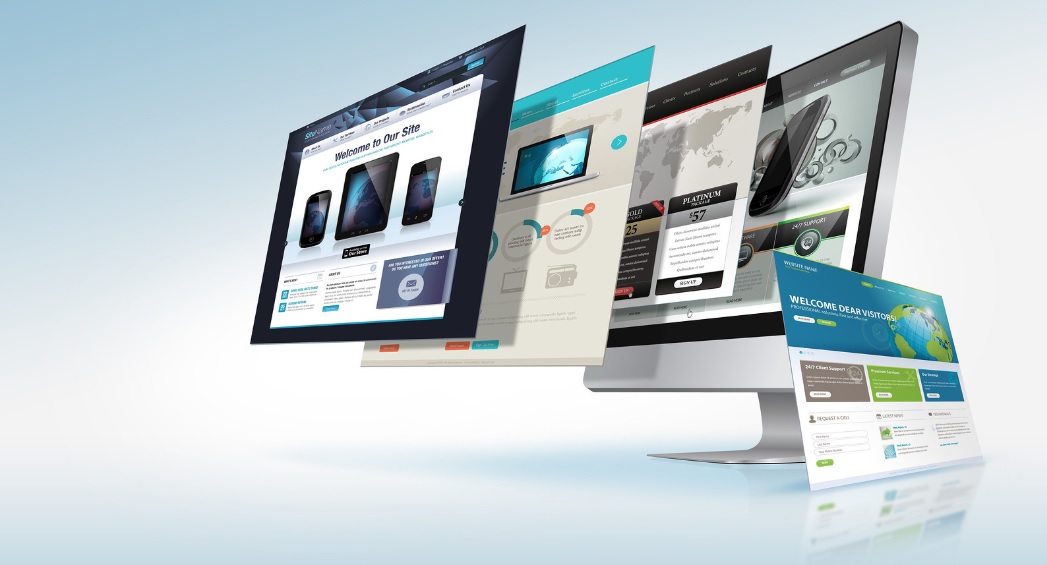If you aren’t up to the task of coding your website in HTML5 and CSS3, using WordPress is your best option. The follow is a step by step process for developing a website using WordPress. If you haven’t read our previous article on creating a website, start here.

Setting up your domain name
Purchase a domain name through a company such as Namecheap.com. After you have decided on a URL and a domain name, we will link the name to the hosting account.
Connecting your hosting
After we have access to our hosting account, we will link the name servers to our domain name. This can be done through your domain name register dashboard.
What type of website are we creating?
Now we have to look at what type of content we are going to be putting on our website. This will help us determine what type of layout our site will require. For example, an eCommerce site will be much different than a blog style site.
Deciding on a style, Choosing a theme
Consider the style and image of your brand, and ask yourself what type of website when fit best. WordPress is built on “themes.” These will have a page layout and menu structure. Everything can be customized, but it is best to choose something that has the overall design you are looking for.
Installing the theme
Themes can either be installed from the WordPress theme browser inside the dashboard. Or, downloaded themes can then be uploaded into WordPress after you have installed WordPress on your server.
Using a Page Designer
If you are new to building Websites, I highly recommend using a page builder to create your site. These page builders will help build a site that is much more professional in appearance than using a standard WordPress theme.
Visual Composer – Easy to use, arrange elements in blocks to create pages. Thrive Themes – Very well made page builder, no free option. Elementor – Great visual editor, add elements and move them around the page.
Creating Pages
Make a list of the different pages that you are going to need for your site. Next, add these pages from the WordPress dashboard and then start adding your content to each page.
Site Structure
After you have created your individual pages, you need to develop a menu structure and organize your pages. Creating a menu in WordPress can be found under the appearance settings.
Customizing a theme
Basic customization is done through the left hand menu on the site view. Major customization will need to be done by editing CSS sheets on the back end of the site. Don’t worry about learning CSS unless you plan on doing more advanced web development.
Adding Forms and other plugins
One great feature of WordPress is the amount of things that can be done with plugins. For example, you can add a simple contact for to your site just by using a plugin. You could also create an entire shopping cart system just by using a plugin such as WooCommerce. Only use what plugins you need and avoid addition plugins that will slow your site down.
Optimizing speed
Don’t go overboard with the amount of different plugins that you are using. It’s very important that our site load fast, not only for user experience but also as a ranking factor for Google SERPs.
Feel free to email with any questions you have!
Chris Phillips

Comments are closed.